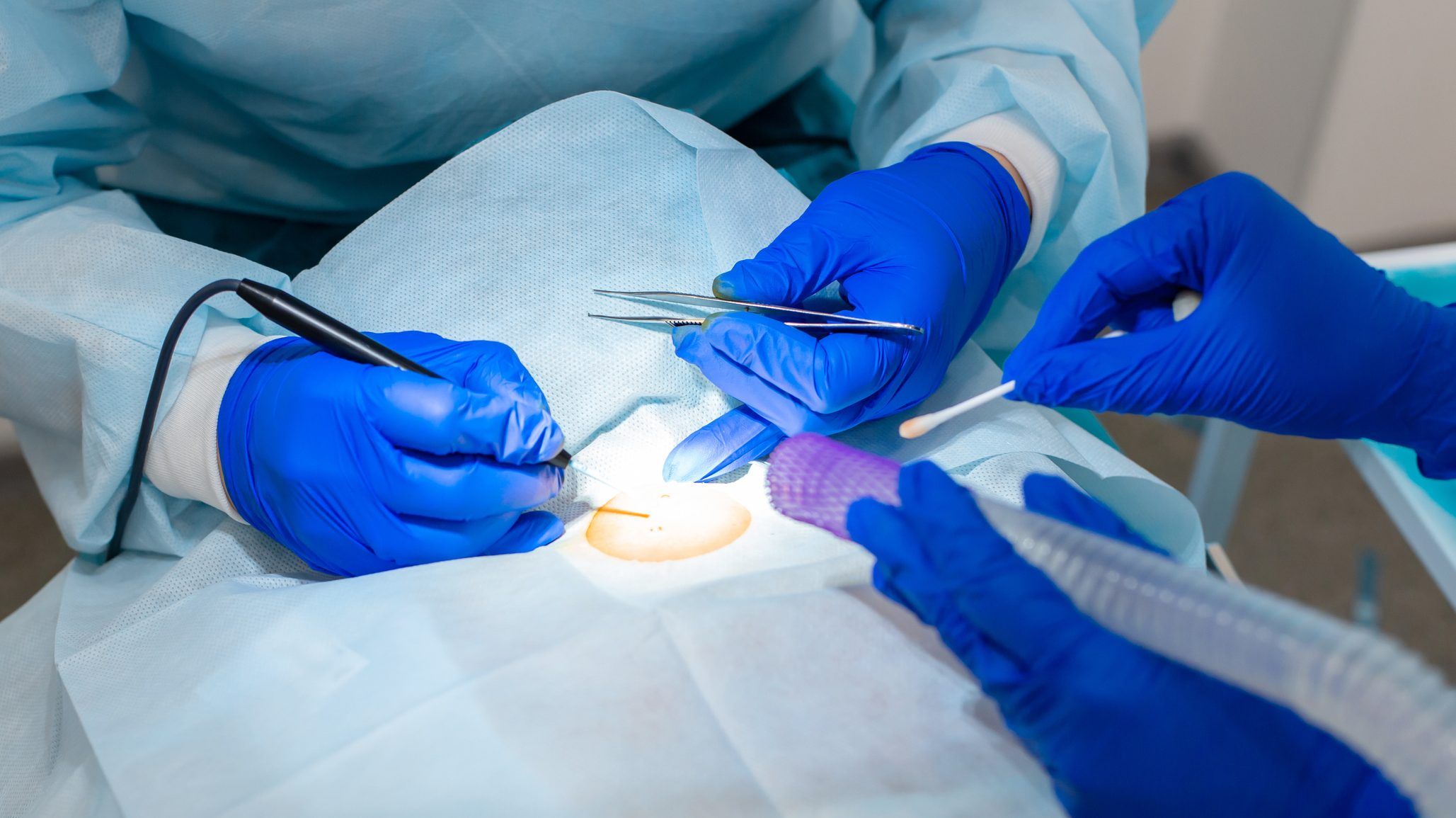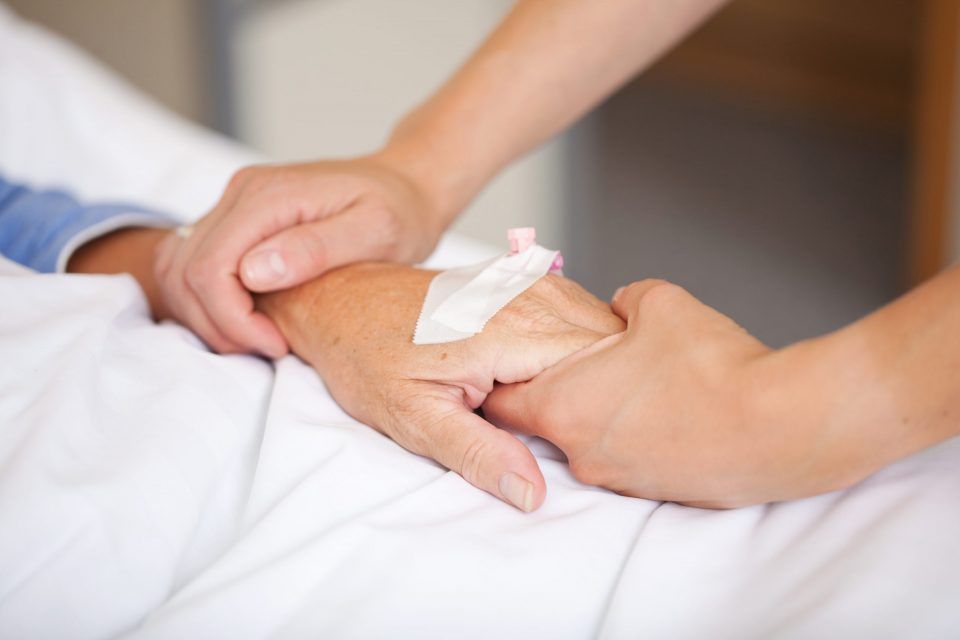anti-sunscreen conspiracy theorists want you to ignore shocking skin cancer stats
dr. paul saladino, the same guy who claims toothpaste and vegetables are harmful to our health, says avoiding seed oils will protect you from the sun.
ocular melanoma is a good reason to protect your eyes
the primary type of eye cancer is ocular melanoma, which is difficult to detect because it presents few warning signs in its early stages and occurs in a part of the eye that can’t be seen by looking in a mirror.
is immunotherapy the answer to conquering skin cancer?
it is estimated that one in eight canadians will develop basal cell cancer in their lifetime and one in 20 will experience squamous cell cancer.
 4 minute read
4 minute read


















